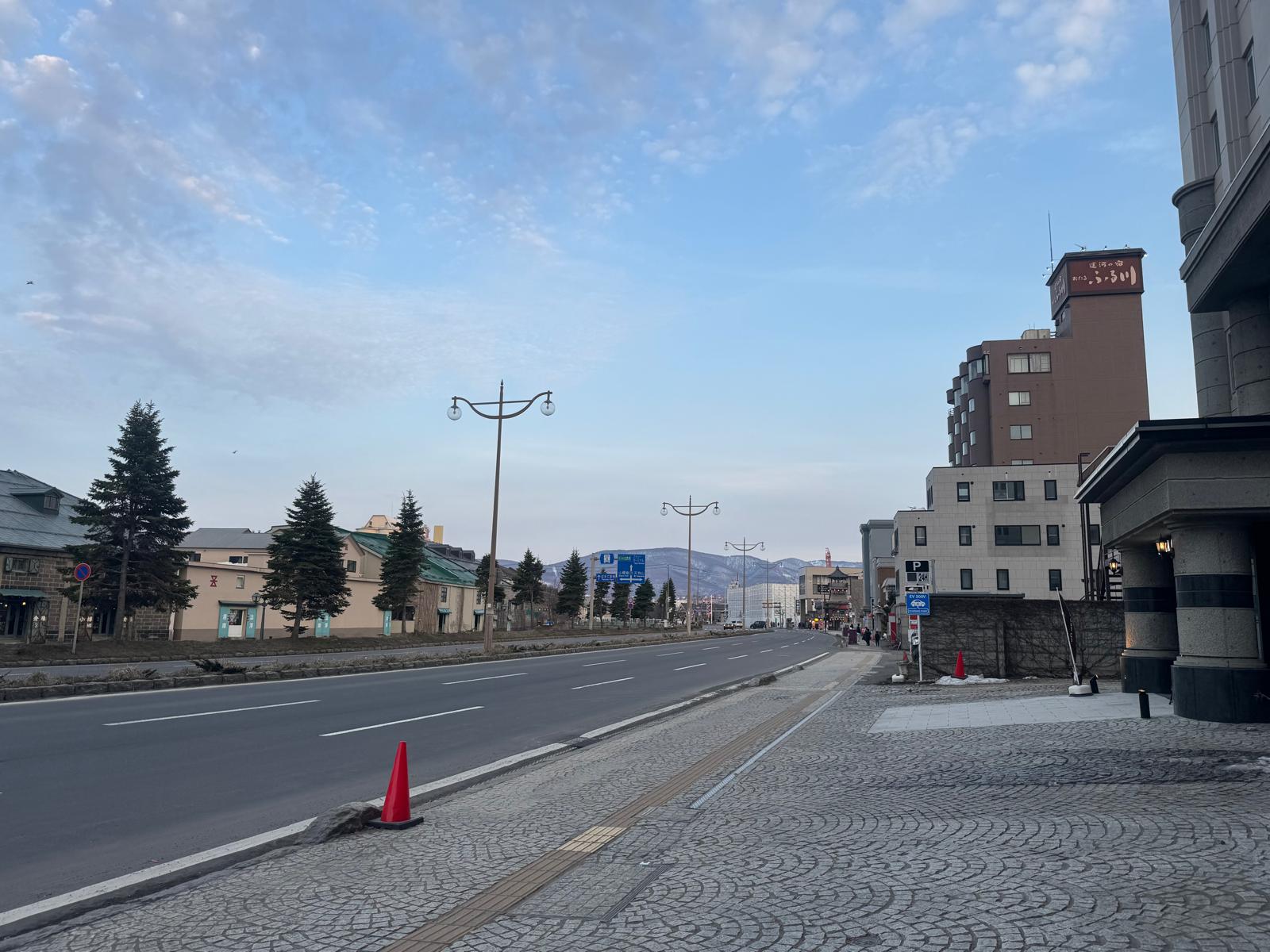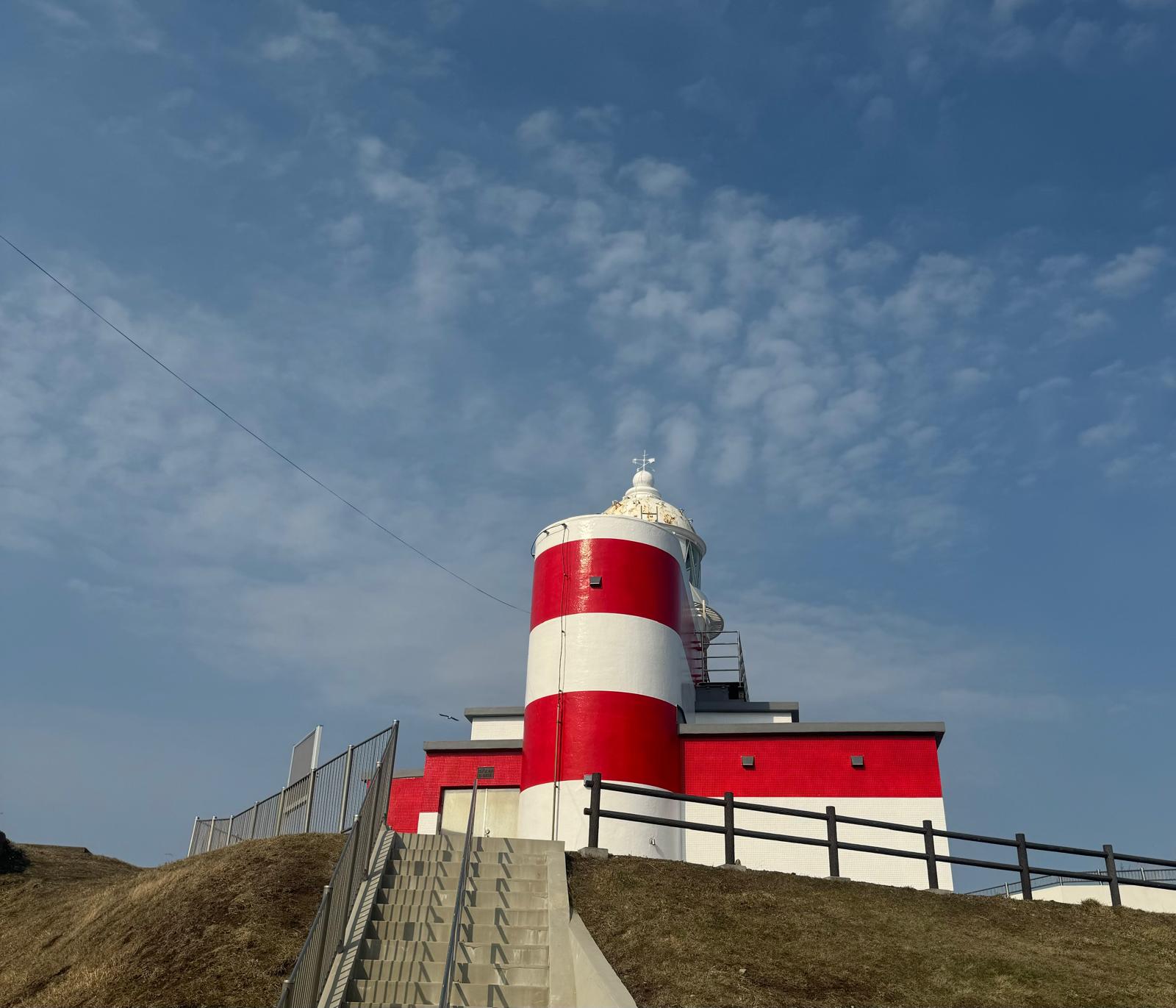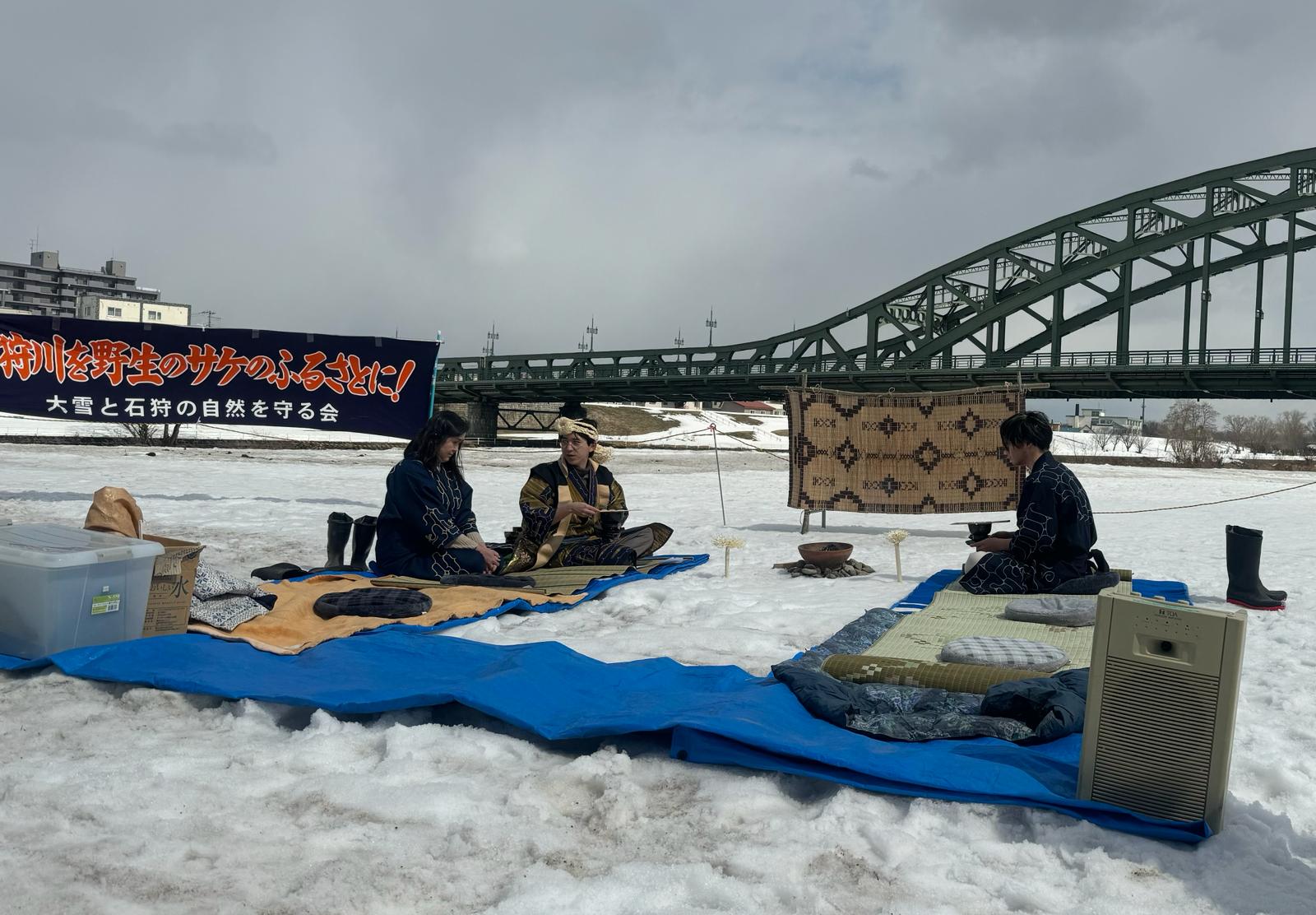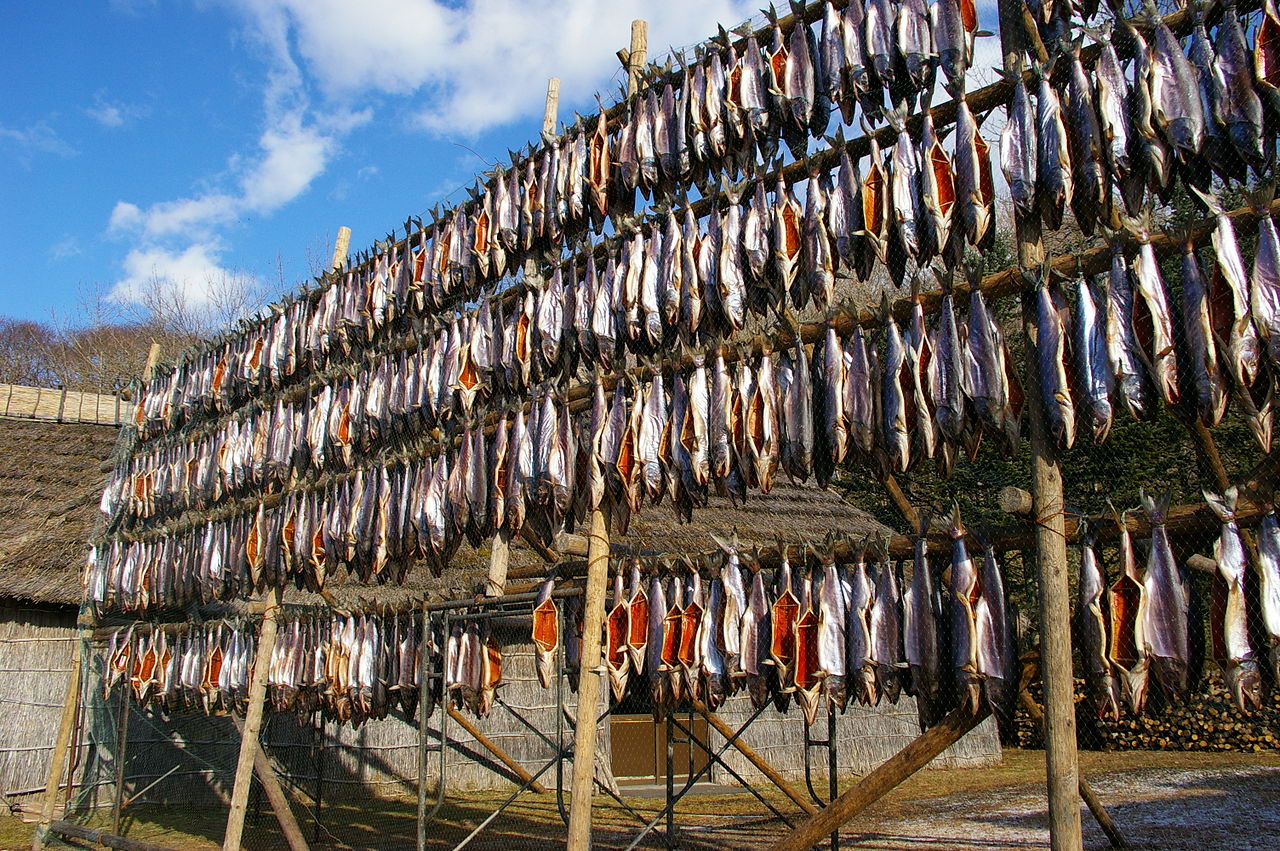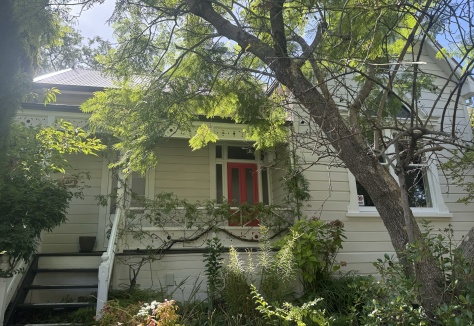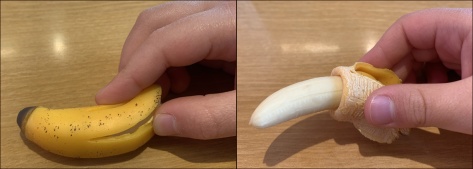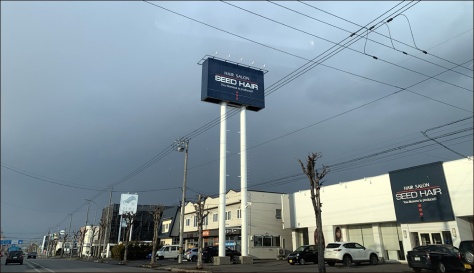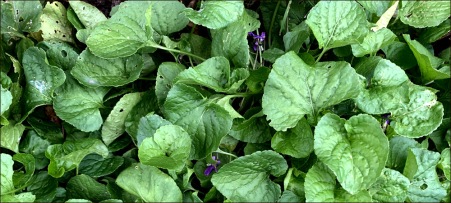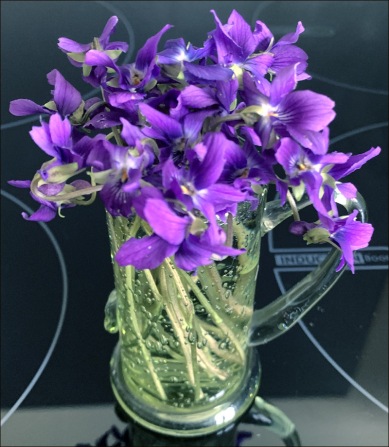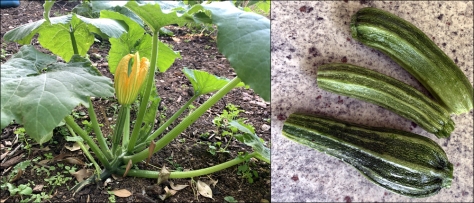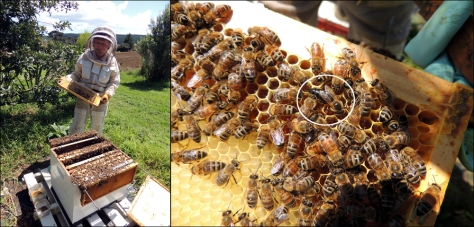十八 Overnight Trip to Otaru – Part 2

After checking into Hotel Sonia, there was time to head over to the Minatomachi district, for a nosey along the back street that ran parallel to the main canal. The street itself is lined with brick and stone warehouses that date back to the Taishō Era (1912-1926). The sun was beginning to set, which added unexpected shadows to what were already very interesting looking buildings.
Brick buildings, a brewery and an abandoned railroad

There were still dirty piles of snow everywhere, but I was glad that they’d melted enough for us to see the buildings’ features. A lot of the structures looked abandoned, but it was hard to know for sure. Certainly the rusted doors in the photo above looked like they hadn’t been dragged open in some time.
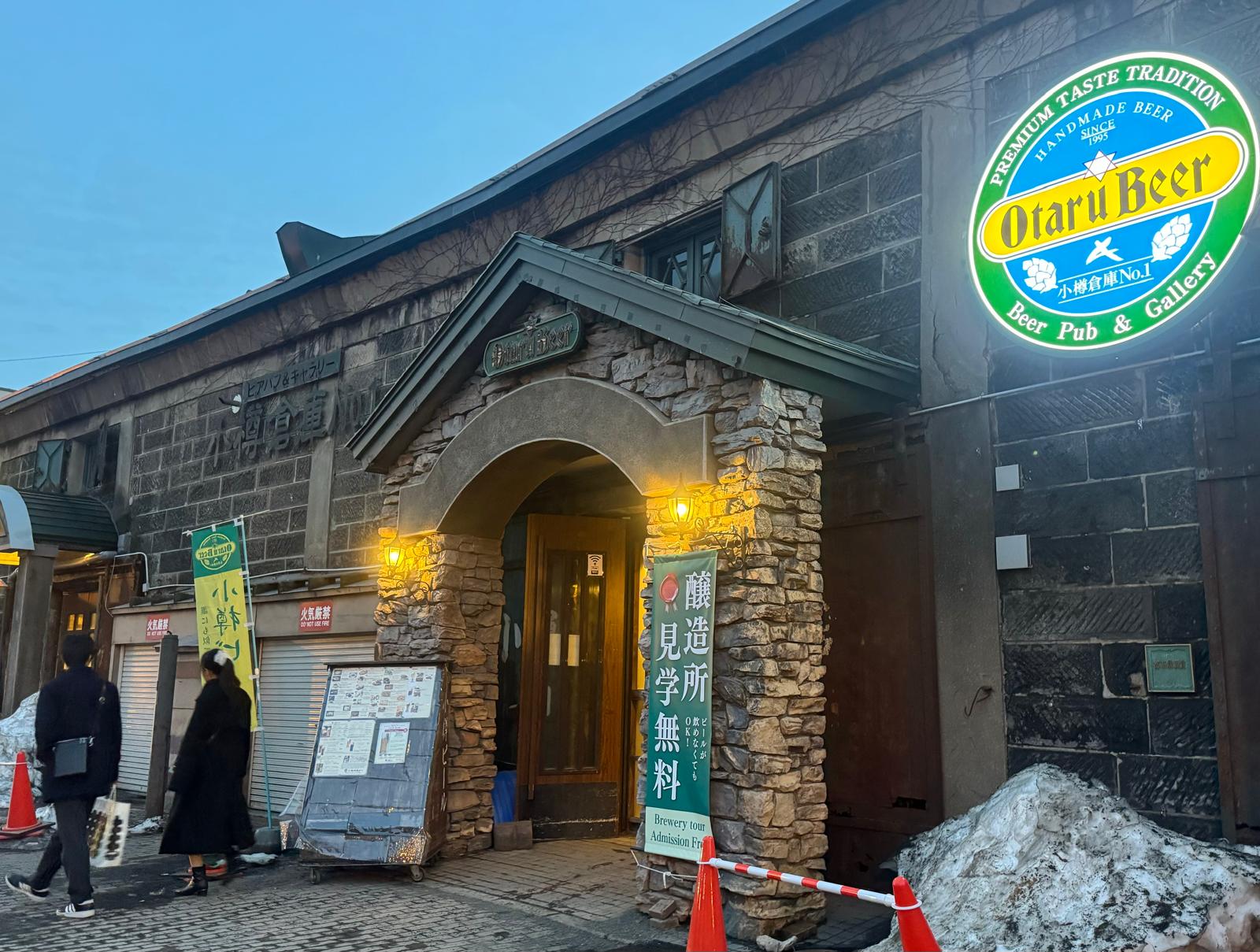
It was getting quite chilly with the sun going down, and after walking a little way we were drawn to a brightly lit doorway we could see ahead of us. It was the entrance to Otaru Beer’s Soko No. 1 Brewery, and we decided to check out the interior. It looked warm and inviting.

The establishment was in the style of a German beer hall, with the seating arranged around a huge copper mash kettle. I’m not usually a drinker of ale, but I was tempted to try the Woodruff flavoured Weiss beer. I really enjoyed it!
We could easily have stayed much longer than our one drink, but we had to move on as we had a dinner booking for 6.30 pm.
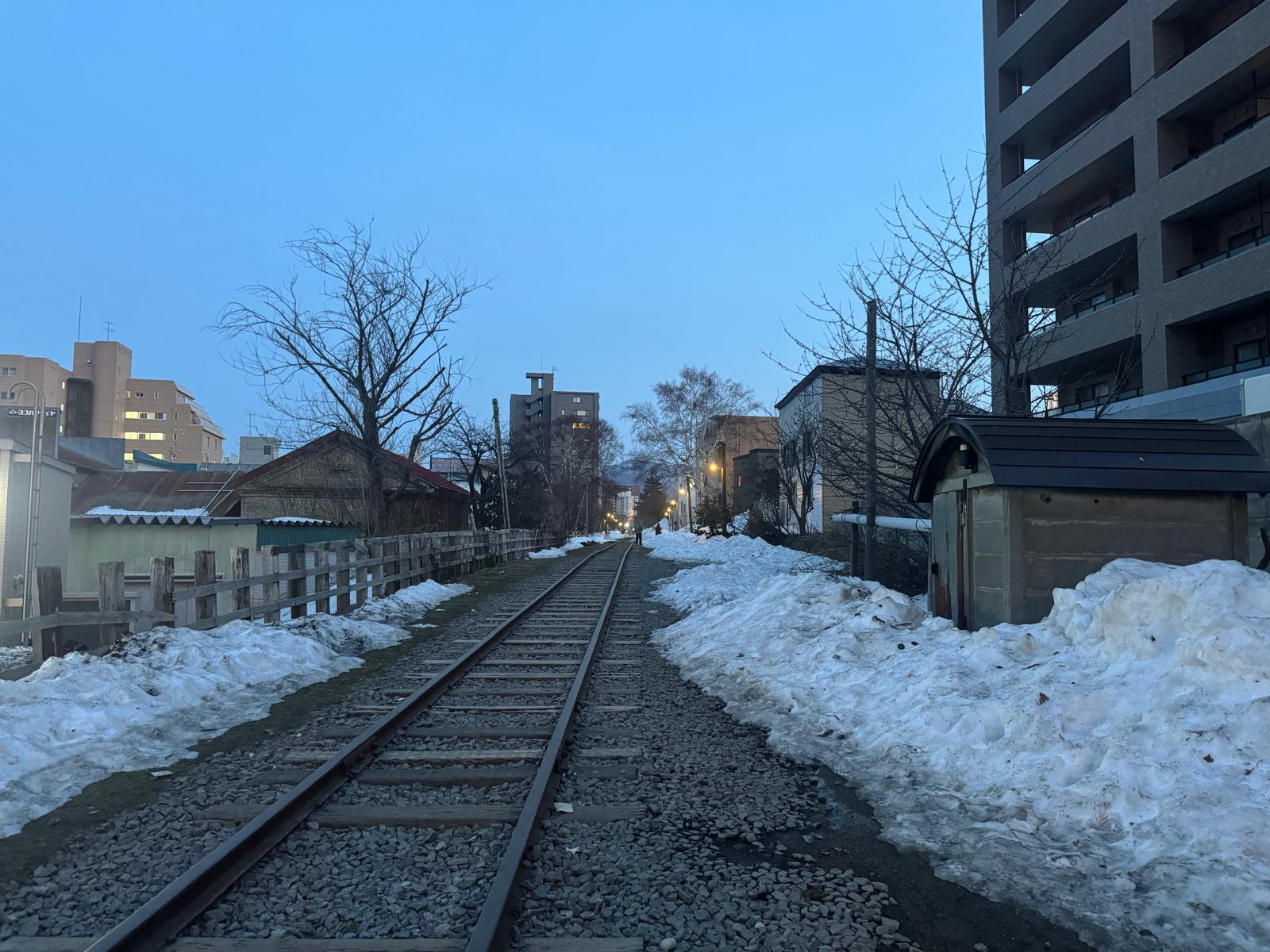
We took a shortcut along the Temiya Line, a narrow gauge former railroad that linked Minami-Otaru and Temiya Stations. At one time, the trains carried both freight and passengers, but the line closed in 1985, and sections of track, such as those we walked along, have been preserved.
Koji in Otaru

When we entered Koji restaurant, we were told that it was fully booked–I guess they thought we were casual visitors, not expecting that a couple of gaijin would have booked ahead. And it was difficult to believe that it was fully booked as we didn’t see any other patrons while we were there–in fact another group (Japanese this time) was turned away.
I’d heard that restaurants in Japan are suffering from people booking and then just not turning up, and we hoped that this wasn’t the case on this occasion, as the service was lovely, and the food, very good. There was additional seating upstairs, so perhaps it was filled with very quiet customers and they’d arrived and crept up the stairs without us noticing them.
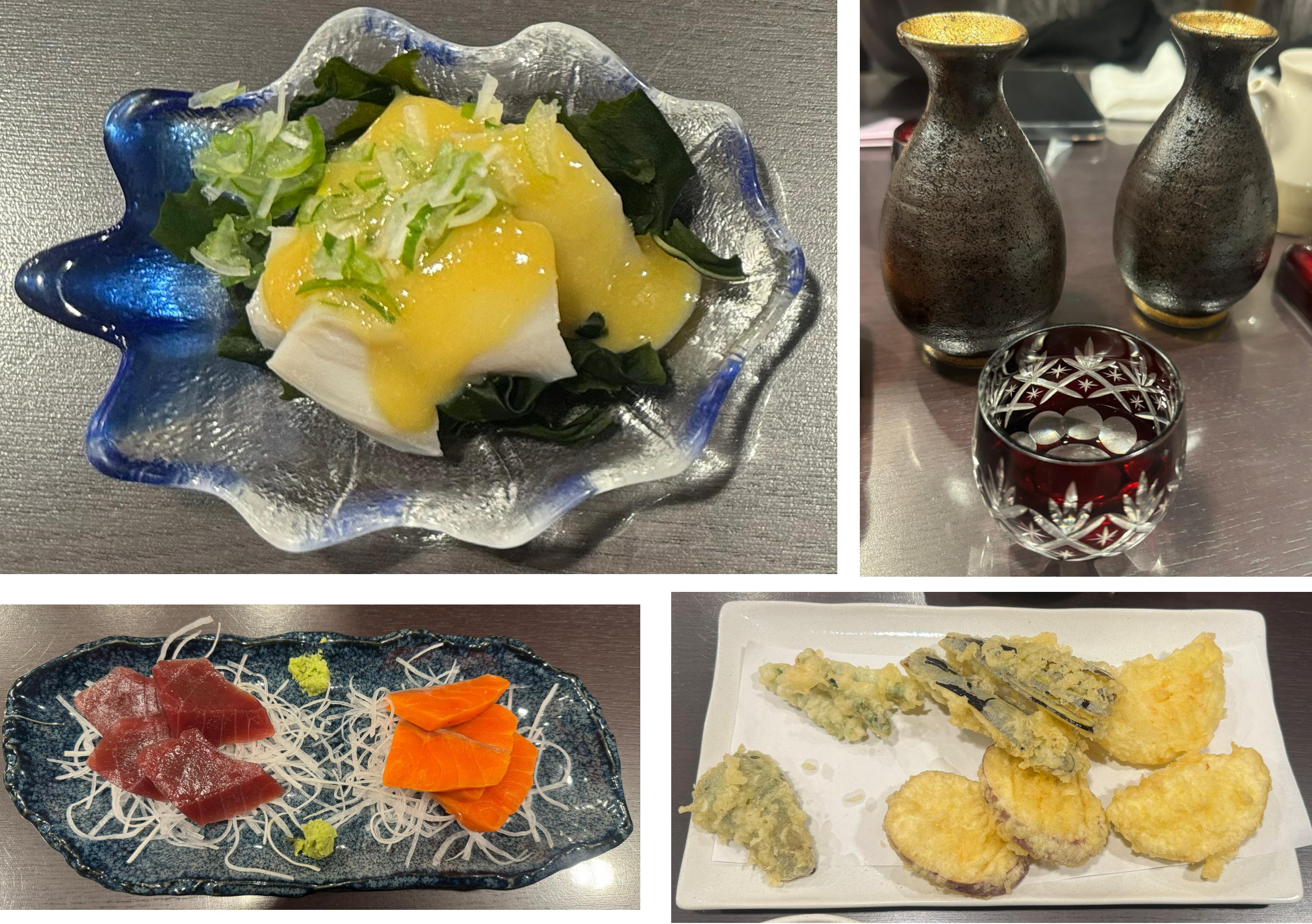
Amiria and I ordered a selection of small dishes, some of which we shared. The food came out at regular intervals and of course, we complemented our meal with Nihonshu (日本酒).
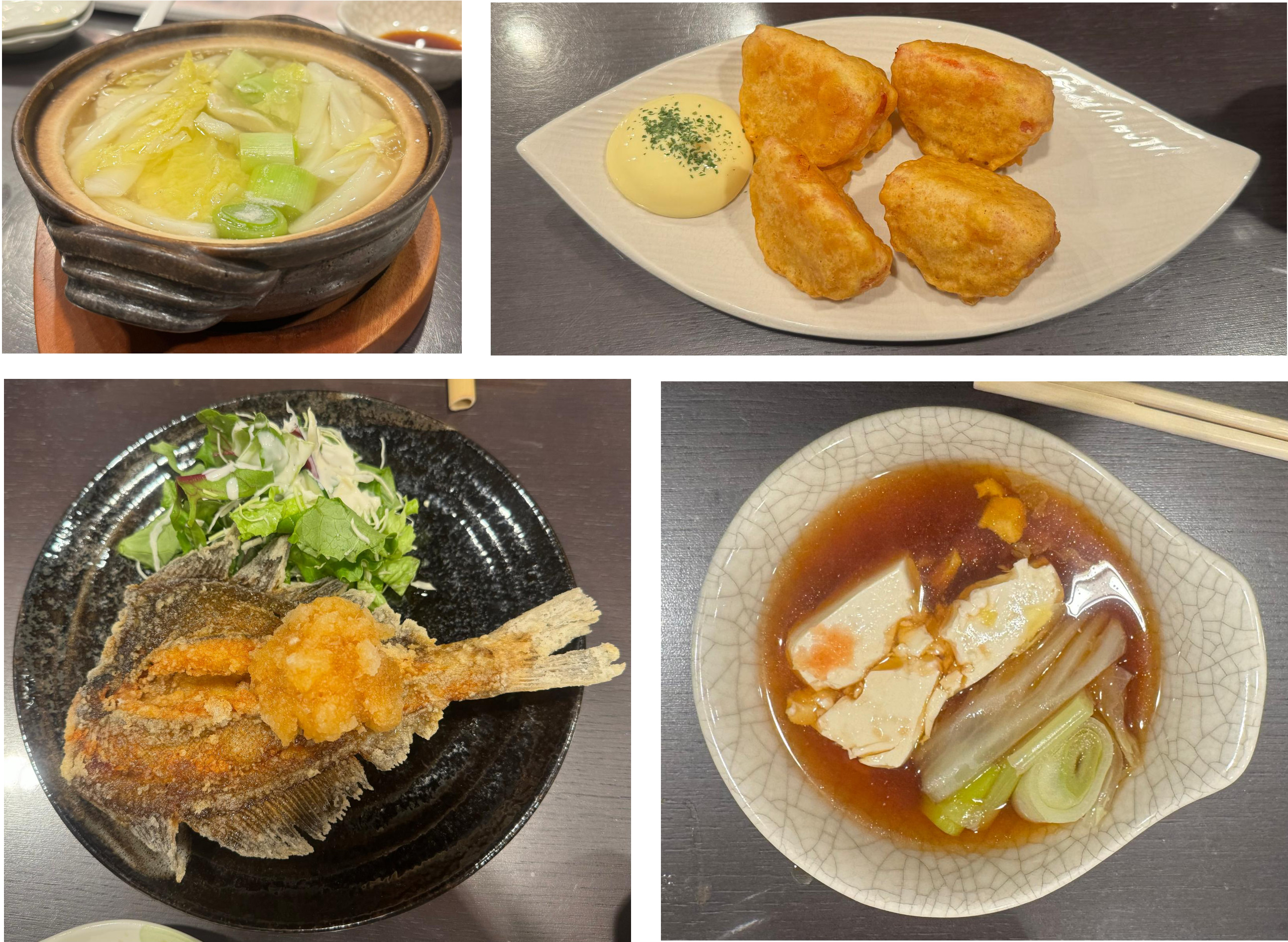
It would be a difficult call as to which dish I liked the most, as they were all so different.
In search of parfait
After we’d finished our meal, and despite being full almost to bursting, (speaking for myself, of course) we weren’t quite ready to go back to the hotel, so we wandered off in search of that truly quintessential Japanese dessert, the Parfait.

Although the evening was really quiet, people-wise, the small streets were illuminated festively. Amiria had carried out the requisite research and had a possible destination in mind, so we set off in that direction. I had no idea where we were headed, but she’s never let me down.

At 8.30 pm, it was still early by ‘going out’ standards, but it was completely dark by the time we arrived at our destination, the Polepole Parfait Bar. It turned out to be a tiny bar, and like many of its type in Japan, was most likely an add-on to the owner’s own home.
When we tentatively pushed open the door, we were met with a small strip of bar-style seating, and a couple of equally small tables that could seat a couple of people at most. The two of us had to squeeze in under a sloping roof–for once I was glad that I’m only 151 or so cm (yes, I’ve shrunk!).

Of course, I had absolutely no choice, I *had* to order Polepole’s version of a Matcha parfait. And this one didn’t disappoint me one little bit.
Walking the backstreets
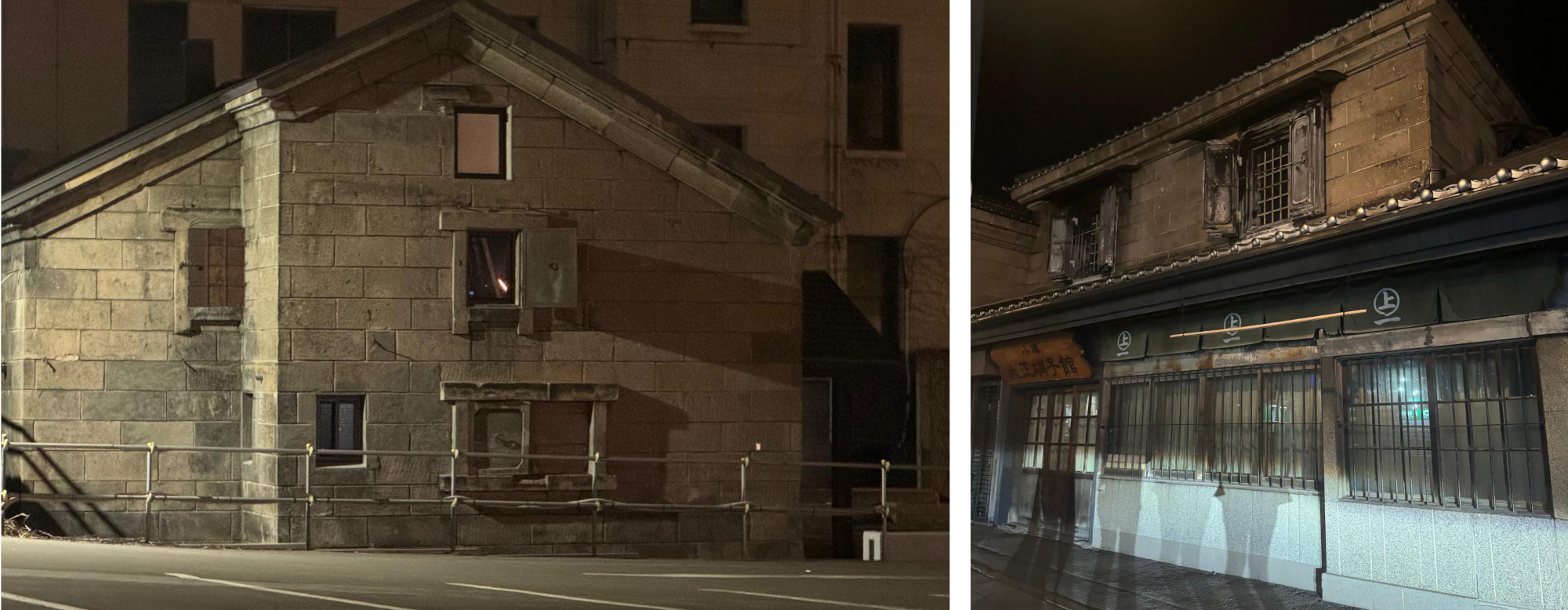
After our desserts we made our way back to the hotel, with the aim of looking at the canal one last time, on the way. It was barely 5 degrees Celsius so we walked briskly. Many of the old buildings are lit up at night and I know that a large number are historically significant, but in the semi-darkness we couldn’t really tell which ones were which. It didn’t feel unsafe–that’s the thing about Japan, you can walk just about anywhere at any time of day or night, without fears of being set upon, but the buildings appeared strange to me, and a little eerie–perhaps because there were no other people around, and because many were clearly derelict, with boarded up doorways, and gaping shutters. I was glad when we turned a corner and saw the canal area ahead of us.
The beauty of the canal at night

It was a calm night and the canal was like a vast mirror, reflecting in perfect detail, everything that was displayed along its edge. I took many photos, and even as I write, I’m finding it difficult to decide on which to post. I think they are beautiful images, but even so, they don’t really capture how the scene looked in real life. It was magical, and I kept seeing a new angle that I *had* to photograph.

I’ve always loved taking photos of reflections. That whole ‘upside down’ effect fascinates me. The duplications are somewhat like a slice of a kaleidoscope image, or a topsy turvy way of seeing the world. The feeling of not being completely sure of which part is real, the top or the bottom… it’s a bit like waking up from a vivid dream that somehow seems more real than being awake. If that makes any sense.

I could picture the canal on a summer’s evening, in the main tourist season, with crowds of tourists walking its length. But I liked the lack of people and the complete stillness of everything. Not a breeze, not the flutter of a flag, nor the rattle of a sign. Just the sounds of our footsteps on the gravel, and snatches of laughter or the soft talk of the few other walkers out along the canal at the same time.
Tired and a little overwhelmed

It had been a long day, and when we arrived back at Hotel Sonia, it was quiet there, too. One of the reasons we’d chosen to stay at this particular hotel was because it has an onsen (a Japanese hot spring), so we fetched our tiny onsen towels from our rooms and took the lift upstairs.
We were surprised to find that the onsen was busy–which was unexpected as we’d hardly seen any other guests. There are strict rules about using an onsen; the first, and probably most important, is that you must wash and rinse yourself completely, before you go anywhere near the water. You do this by seating yourself on a low stool, helping yourself to the supplied liquid soap, and using a showerhead to thoroughly spray all the nooks and crannies. A very sensible idea imho. So I was basically waiting for a stool to become free, and because you have to remove your clothes before you step into the main area, I was naked with only my tiny towel clasped to my front.
The main busyness turned out to be in the washing area, as the pools themselves (one inside and one outside) were almost empty. We Kiwis are sometimes a little shy about the thought of stripping off in front of strangers, although I personally think that actually, stripping off in front of people we know would be even worse. But an onsen is very discrete. No-one stares at you, except perhaps your curious grandchildren (but that’s a different story).
If you want the perfect end to a day filled with sightseeing, eating and drinking, then there is nothing better than the experience of unwinding in the hot, steaming waters of a Japanese hot spring.
[to be continued]



